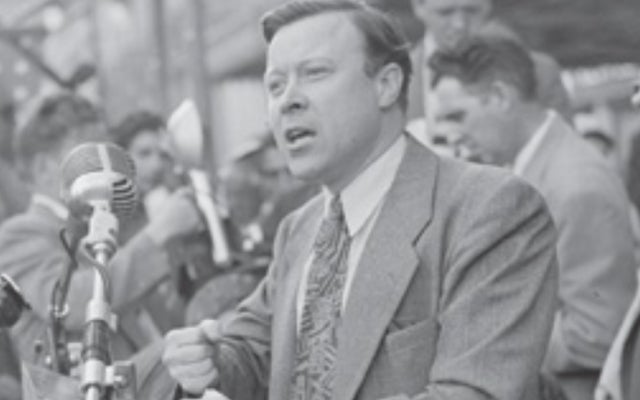
thank you for visiting the labor history resource project as we build this resource!

This website includes what appears to be photographs from several labor unions, including the United Autoworkers (UAW), the American Federation of State, County, and Municipal Employees (AFSCME), and the American Federation of Teachers (AFT).
The Knights of Labor was the largest and most extensive association of workers in 19th century America. Organized in 1869, the movement grew slowly in the 1870s, then surged in the 1880s, reaching a peak membership approaching one million in 1886-1887 with Local Assemblies spread across the country in more than 5,600 cities and towns.
In 2007, the National Education Association celebrated its 150th year. Over this time, NEA has been a driving force in education at all levels.
The Samuel Gompers Papers collects, annotates, and makes available primary sources of American labor history. Founded by Stuart Kaufman in 1974, the project has published two microfilm series of union records and eleven volumes of Gompers’ papers. The nation’s leading trade unionist in the late…
The Takeaway traces it all back to August 1981, when nearly 13,000 air traffic controllers went on strike creating a standoff with Ronald Reagan that ended when he fired the majority of them and de-certified their union, the Professional Air Traffic Controllers Organization.
The Flint sit-down strike, which started on Dec. 30, 1936, represented a shift in union organizing strategies from craft unionism (organizing white male skilled workers) to industrial unionism (organizing all the workers in an industry). The sit-down strike changed the balance of power between employers and workers.
This multi-media web site brings the vital history of Seattle’s civil rights movements to life with scores of video oral histories, hundreds of rare photographs, documents, movement histories, and personal biographies, more than 300 pages in all. Based at the University of Washington, the Seattle…
One of the most significant struggles for workers’ rights began on January 12, 1912, in Lawrence, Mass., when thousands of textile workers began a walkout that would come to be known as the Bread and Roses Strike, the Lawrence Textile Strike, and the Singing Strike. Read an overview and find teaching resources below.